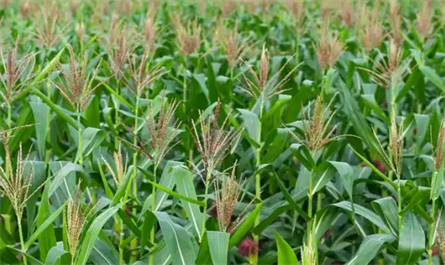Basic knowledge of plant growth regulators
What are plant growth regulators?

Plant growth regulators (PGRs) are a class of compounds that are artificially synthesized or naturally extracted, which can simulate, interfere with or enhance the effects of endogenous plant hormones, thereby regulating the growth and development of plants. Common types include:
Auxins (such as indoleacetic acid): promote root development and prevent fruit drop.
Gibberellins (such as GA3): break seed dormancy and promote stem and leaf elongation.
Cytokinins: delay leaf senescence and stimulate lateral bud growth.
Ethylene: (such as ethephon): ripen fruits and promote leaf drop.
Inhibitors: (such as paclobutrazol): control plant growth and enhance lodging resistance.
Mechanism of action: trigger specific gene expression by changing plant cell division, differentiation or metabolic pathways, ultimately affecting physiological processes such as flowering, fruiting, and stress resistance.

Plant growth regulators (PGRs) are a class of compounds that are artificially synthesized or naturally extracted, which can simulate, interfere with or enhance the effects of endogenous plant hormones, thereby regulating the growth and development of plants. Common types include:
Auxins (such as indoleacetic acid): promote root development and prevent fruit drop.
Gibberellins (such as GA3): break seed dormancy and promote stem and leaf elongation.
Cytokinins: delay leaf senescence and stimulate lateral bud growth.
Ethylene: (such as ethephon): ripen fruits and promote leaf drop.
Inhibitors: (such as paclobutrazol): control plant growth and enhance lodging resistance.
Mechanism of action: trigger specific gene expression by changing plant cell division, differentiation or metabolic pathways, ultimately affecting physiological processes such as flowering, fruiting, and stress resistance.



